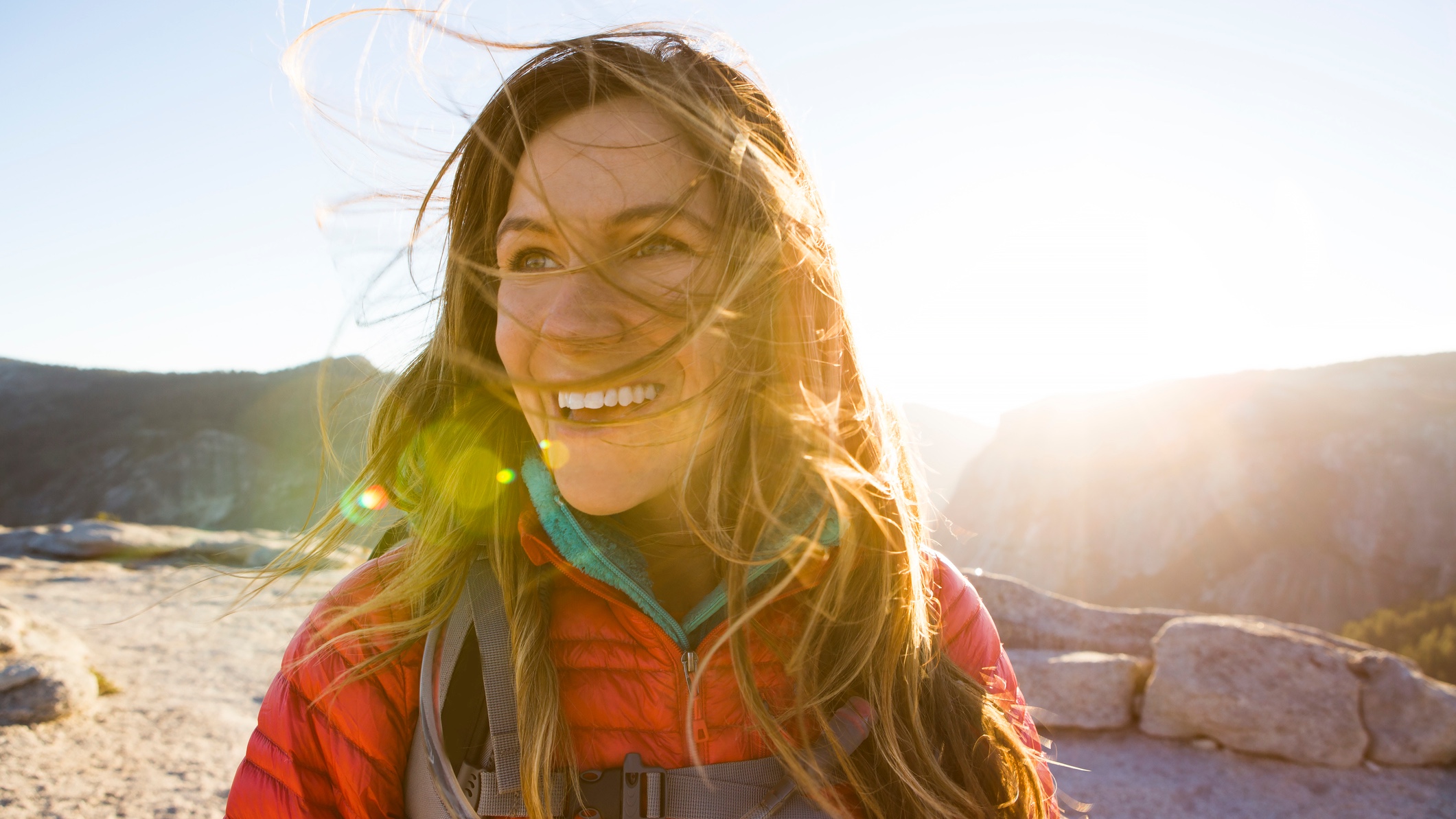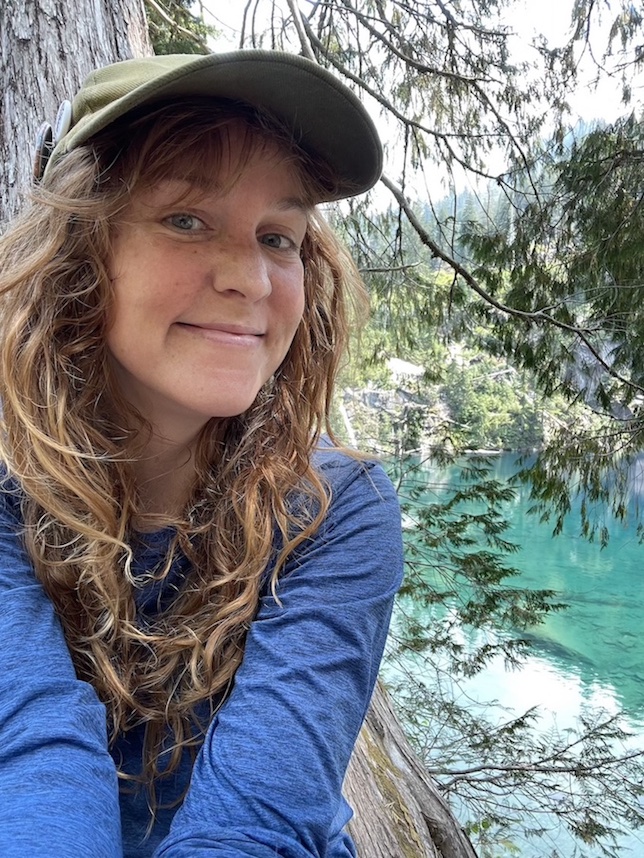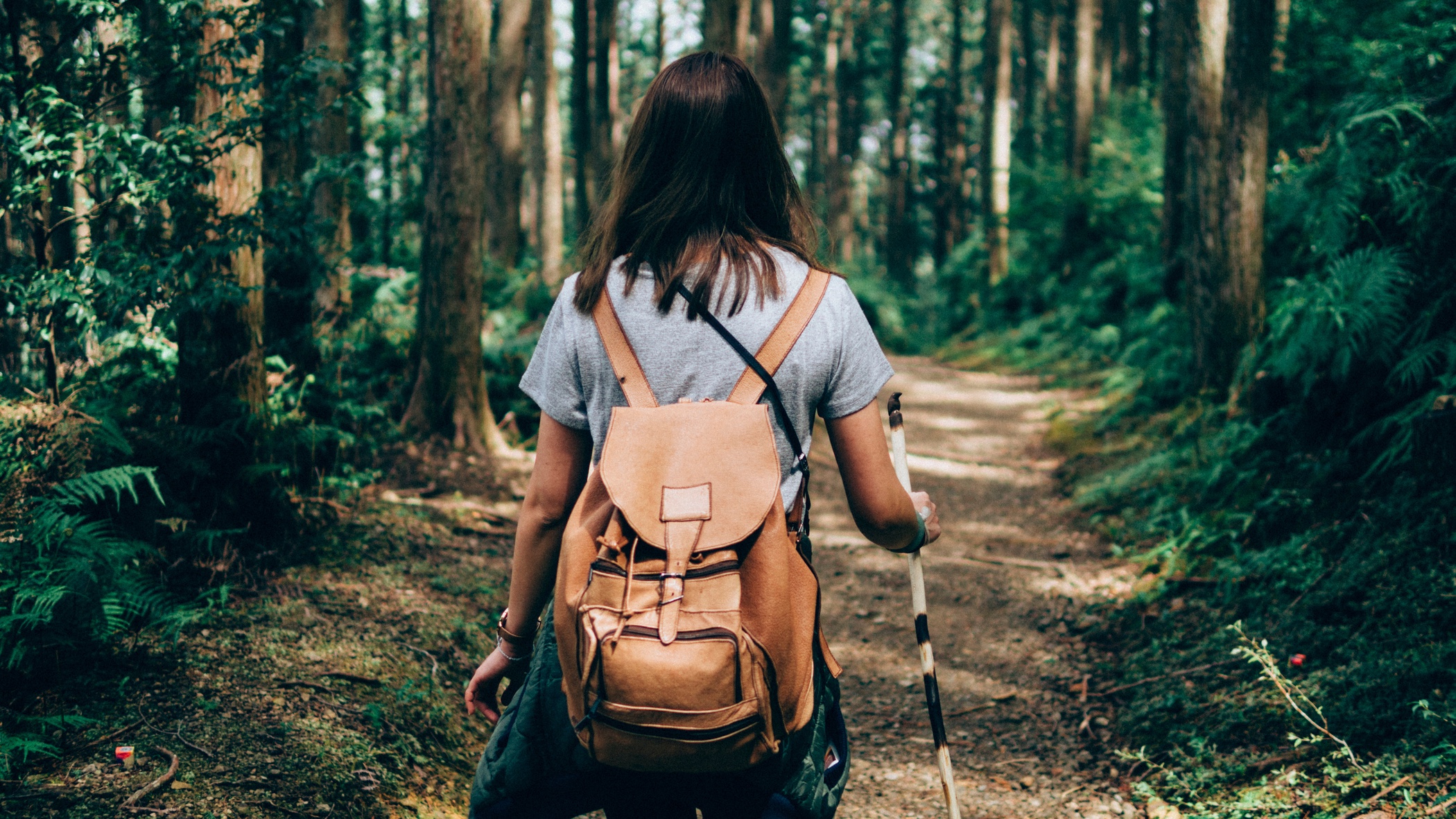What's the difference between trekking and hiking?
From what to wear to how to tackle tricky terrain, experts demystify the differences trekking and hiking


A long walk in the woods or a climb in the mountains might appear similar but that, in a sense, is trekking vs hiking in a nutshell.
While there’s not much to choose between them in terms of the huge mental and physical health benefits to exploring nature on foot, there are nevertheless many differences in the approach.
And that means it’s important to be prepared for the adventure ahead, whether that means bagging the best trekking poles or the best shoes for walking. You also need to plan ahead, pack the right kit, and know what to do if things go wrong.
You can then feel free to enjoy the health improvements that come with being outdoors. A day on the trails, for example, will improve cardiovascular fitness and endurance which over time can result in weight loss.
In addition, it can decrease stress levels and blood pressure, restore mental and emotional health, and decrease depression. Here we talk to two outdoor experts to explore the nuances between trekking vs hiking and how to prepare for both.
What’s the difference between trekking and hiking?
The terms hiking and trekking are sometimes used interchangeably, but generally trekking refers to a multi-day overnight excursion into the backcountry while hiking can refer to any kind of walk that only takes a single day.
In the US, trekking is synonymous with backpacking, although that implies carrying a heavy pack and hauling your tent, sleeping bag, and everything along with you. Some people refer to hut-to-hut routes as trekking, and they might only be carrying a small day pack because they don’t need a tent.
Start your week with achievable workout ideas, health tips and wellbeing advice in your inbox.
"The common denominator seems to be that trekking is a multi-day excursion with some bigger mileage, where you’re probably sleeping in the backcountry in the evenings, while hiking is a generic term that it can refer to any kind of walk in the woods (or wild terrain), where you return home for the night," explains Claire Ramsdell, adventure consultant at The Detour Effect.

Claire Ramsdell is a consultant at The Detour Effect, an adventure travel blog offering self-guided hiking itineraries and advice about nomadic living and car camping. Claire has worked seasonal gigs at national parks, hostels, and ski resorts, and currently works remotely for a guided trekking company. She has hiked the West Highland Way, Tour du Mont Blanc, Kerry Way, Alpe Adria (Slovenia), Hadrian's Wall, Kerry Way, and Rim to Rim to Rim.
How different is the terrain for trekking vs hiking?
The terrain for hiking and trekking is significantly different and this can also help in terms of distinguishing between the two.
For a typical hike, you can expect to encounter mild to moderate terrain, including some minor hills and valleys. Hiking trails often consist of switchbacks and they can be quite rocky in places.
Trekking, on the other hand, is much more physically demanding and will often involve traversing more difficult, steep terrain for long periods of time and could involve higher altitude.
"Trekking routes may involve a series of peaks and valleys, as well as some scrambling, rock-climbing and boulder-hopping," says Jeremiah Daniel, experienced hiking guide and CEO of Moonlight Reviews.
Remember that on a multi-day trek you are more likely to reach secluded wilderness, whereas a day hiking trail might be more well maintained by the Park Service, or similar agency.

Jeremiah Daniel is an experienced hiking guide, a qualified level 4 personal trainer, and co-founder and CEO of Moonlight Reviews, a site that provides information on adventure living. He enjoys hiking with his family and running ultra marathons.
What equipment do you need for trekking or hiking?
If a trek involves camping, then you will need additional equipment such as a tent, sleeping bag, sleeping pad, and a Leave No Trace food packing system such as a bear canister. If it’s a hut-to-hut route where you’re not camping, you may still need a sleeping bag or liner for use in a bunk room.
"On these types of trips you’ll be carrying multiple days of hiking clothes, food, and water and you might feel more inclined to carry emergency communication equipment such as a Garmin inReach. Personally I still think it’s important to carry emergency equipment on any type of hike," says Ramsdell.
For a day hike, it is recommended to have 10 essentials — items you’d take on every type of hike regardless of length and terrain, such as food, hiking water bottle, extra jacket, map, and headlamp.

A quality backpack is another essential piece of kit, especially one that will keep your clothes dry. Consider an emergency shelter such as a tarp or bivouac to protest against cold temperatures and the elements, too.
"Even the most straightforward hike could turn bad if you encounter dangerous weather or get turned around somehow," says Ramsdell. Meanwhile, Daniel says hiking boots, sunscreen, insect repellent, first-aid equipment, and a compass are also vital for hiking and trekking.
"For hiking, you may also want to bring along a few extra items, such as a camera, binoculars, a GPS device and a basic first-aid kit. For trekking, you will need to bring more essential gear than you would for a hike including cooking equipment, a spare change of clothes, trekking poles, and water filter or purification tablets," he adds.
Is trekking more difficult than hiking?
There are plenty of day hiking trails that are very rugged and difficult, and many multi-day trekking routes are extremely well-maintained and straightforward.
"I don’t necessarily think a trek has to be harder than a hike in terms of terrain, elevation, or technicality, though it will probably be harder from an endurance standpoint," says Ramsdell.
During a day hike you are likely to remain close to civilization but on a trek, most people hope to get further away from towns and roads. "If someone is nervous about this kind of solitude, they might find a trek to be difficult mentally," she adds.
In addition, since trekking often involves camping and multi-day trips, it is also important to have experience with wilderness camping and navigation. This is why it's important to plan ahead so that you can stay safe while hiking.
That said, there are many benefits of hiking, like building strength, improving your wellbeing, and lowering your risk of disease. However, for those looking to replace a dumbbell workout, sadly, hiking isn't an effective way to build muscle.
Lily Canter is a freelance money, health and lifestyle journalist with more than 20 years' experience. She writes about fitness for Runner's World and Trail Running magazines and focuses on personal finance for Yahoo! Finance UK, Metro, The Guardian, and the Mail on Sunday. In her spare time she is an ultra-runner, canicrosser and running coach. She also co-hosts the award-winning podcast Freelancing for Journalists.
